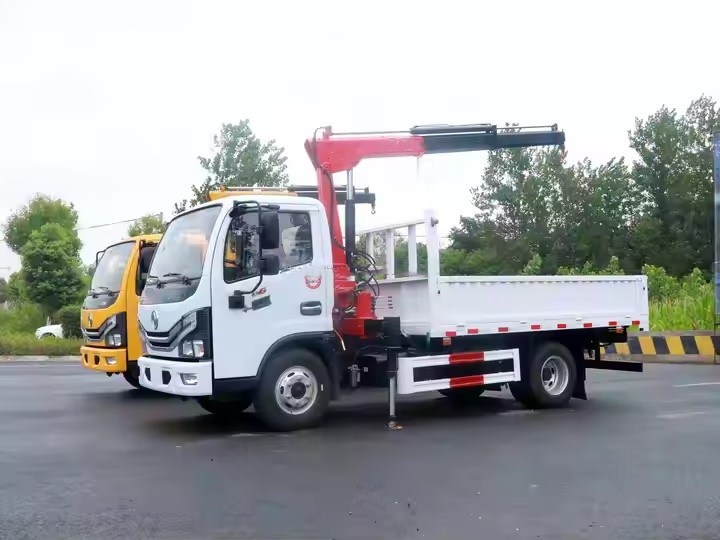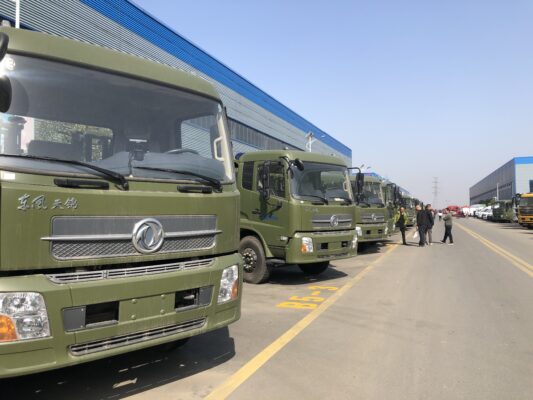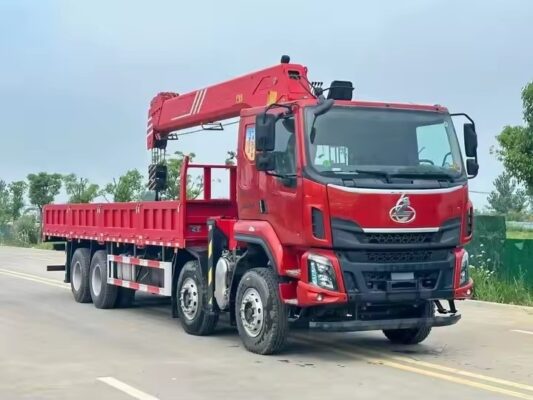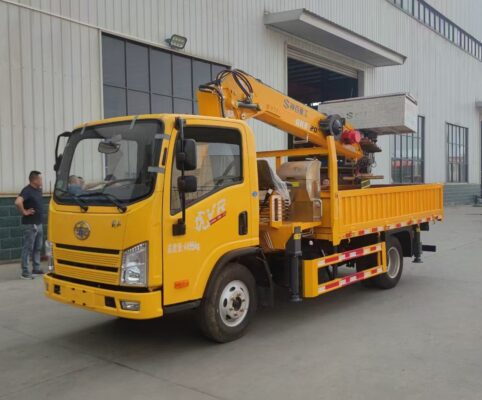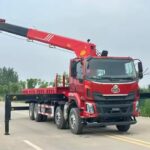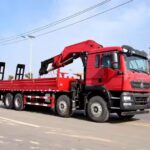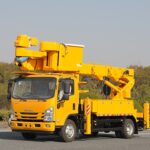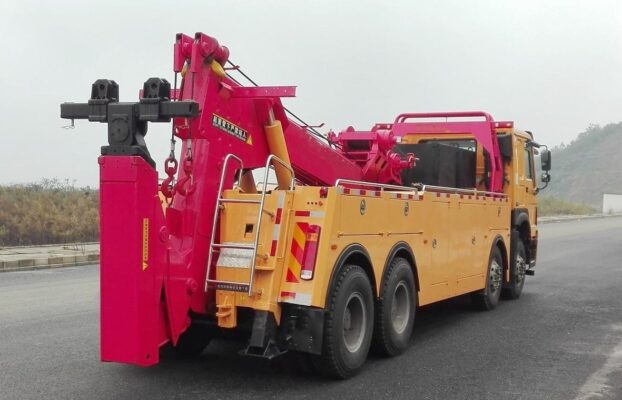Load limiters and load moment limiters are collectively referred to as overload protection devices. Overloading is one of the primary causes of кран аварії. In mild cases, overloading can damage кран components, causing motor overload and structural deformation. In severe cases, it can result in broken beams, tower collapse, arm fractures, or even complete machine overturning. Using a highly sensitive and reliable overload protection device is an effective measure to enhance the inherent safety of кранs and prevent overload accidents.
Basic Functions of Load Limiters
- Dynamic Load Suppression Function
The overload protection device should be able to distinguish between actual overload and the dynamic loads generated during normal crane operations, such as hoisting, braking, and movement. If the load is obstructed or fixed to the ground, the protection device should immediately activate. The additional dynamic load caused by lifting operations is an inherent phenomenon of crane operations. To prevent dynamic load interference, a delay technology can be used. Проте, this delay may create a blind spot in operation. If the load is stuck during this period, the tension in the wire rope can quickly reach a level that damages the crane. тому, any product using this technology must address this issue effectively. - Automatic Operation Function
The overload protection device should automatically perform its designated functions under normal operation without requiring additional actions from the crane operator. - Automatic Safety Insurance Function
The recommended protection devices should include an automatic safety function. If an internal failure occurs, the system should issue an alarm signal to alert the operator.
Main Types of Load Limiters
Overload protection devices for cranes can be classified based on function and structural mechanism:
Classification by Function:
- Automatic Stop Type
This type of limiter stops crane movements in unsafe directions (such as hoisting, extending the boom, or lowering the boom) when the lifting mass exceeds the rated capacity. Проте, it allows movement in safe directions. - Comprehensive Load Limiter
This type issues an audible or visual warning signal when the lifting mass reaches approximately 90% of the rated load. If the lifting weight exceeds the rated capacity, it stops unsafe movements and triggers an alarm while allowing movements in safe directions.
Classification by Structural Mechanism:
- Electrical Load Limiter
This type converts mechanical energy into electrical energy to achieve overload protection. It detects mechanical loads and converts them into corresponding electrical signals, which are then amplified, compared, processed, and analyzed. Electronic, electrical, electromechanical, and microcomputer-based limiters fall under this category. - Mechanical Load Limiter
This type relies on mechanical energy conversion and switch coordination for protection. These limiters are relatively simple, using levers, eccentric wheels, springs, or hydraulic systems to detect loads. When the set load limit is exceeded, a travel switch or control valve is activated to halt unsafe operations.
Importance of Overload Protection Devices
Overload protection devices are crucial in ensuring crane safety. Without them, cranes may operate beyond their design limits, leading to catastrophic failures. The implementation of load limiters improves safety, prevents structural damage, extends crane lifespan, and reduces accident rates.
Key Benefits:
- Prevents Structural Failures: Avoids damages like beam fractures and tower collapses.
- Reduces Equipment Downtime: Ensures operational continuity by preventing damage.
- Enhances Workplace Safety: Reduces the risk of accidents and injuries.
- Complies with Safety Regulations: Meets industry standards for crane safety.
Advanced Technologies in Load Limiters
Modern load limiters integrate sophisticated technologies to enhance performance and reliability. Some key advancements include:
- Microprocessor-Based Systems: Advanced digital processing for real-time monitoring and precision control.
- Wireless Communication: Remote monitoring and data transmission capabilities.
- Self-Diagnosis and Predictive Maintenance: Systems that detect potential failures before they occur.
- Multi-Sensor Integration: Combining strain gauges, pressure sensors, and load cells for accurate readings.
Висновок
Cranes are essential in various industries, but their safe operation requires effective overload protection. Load limiters play a vital role in preventing accidents, reducing damage, and ensuring compliance with safety regulations. By adopting advanced overload protection technologies, crane operators can improve safety, minimize downtime, and enhance overall operational efficiency.

